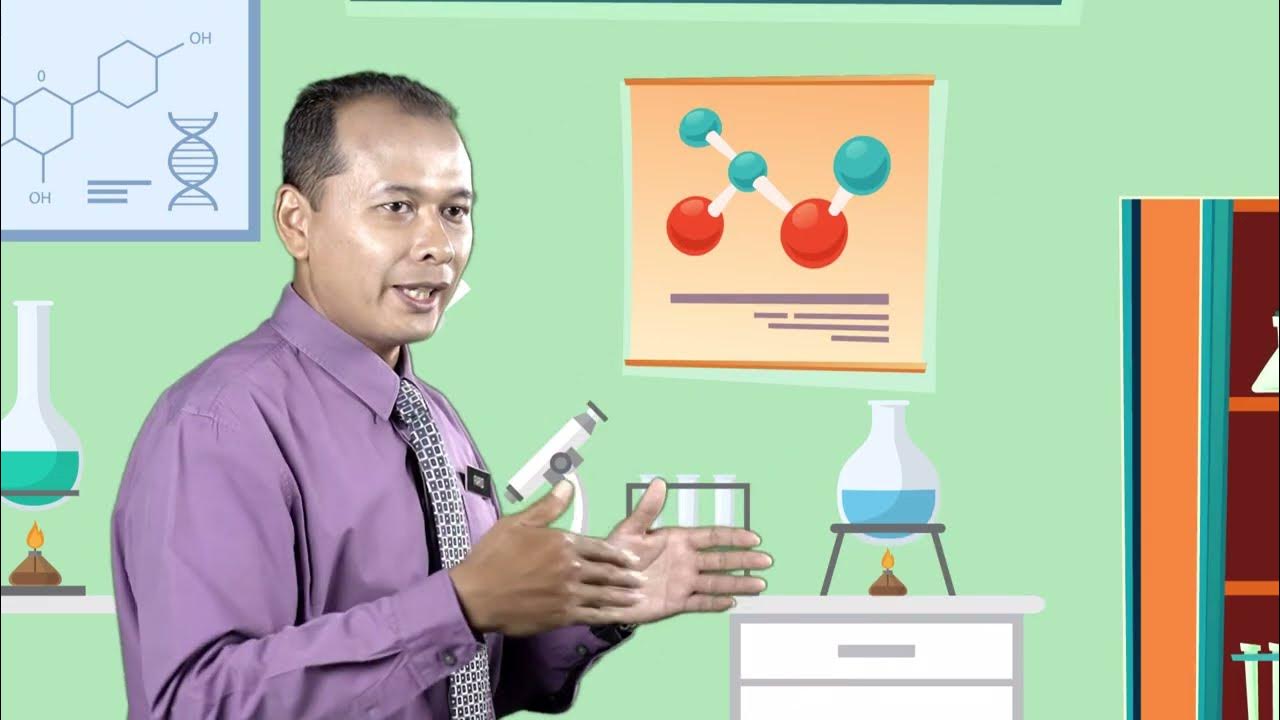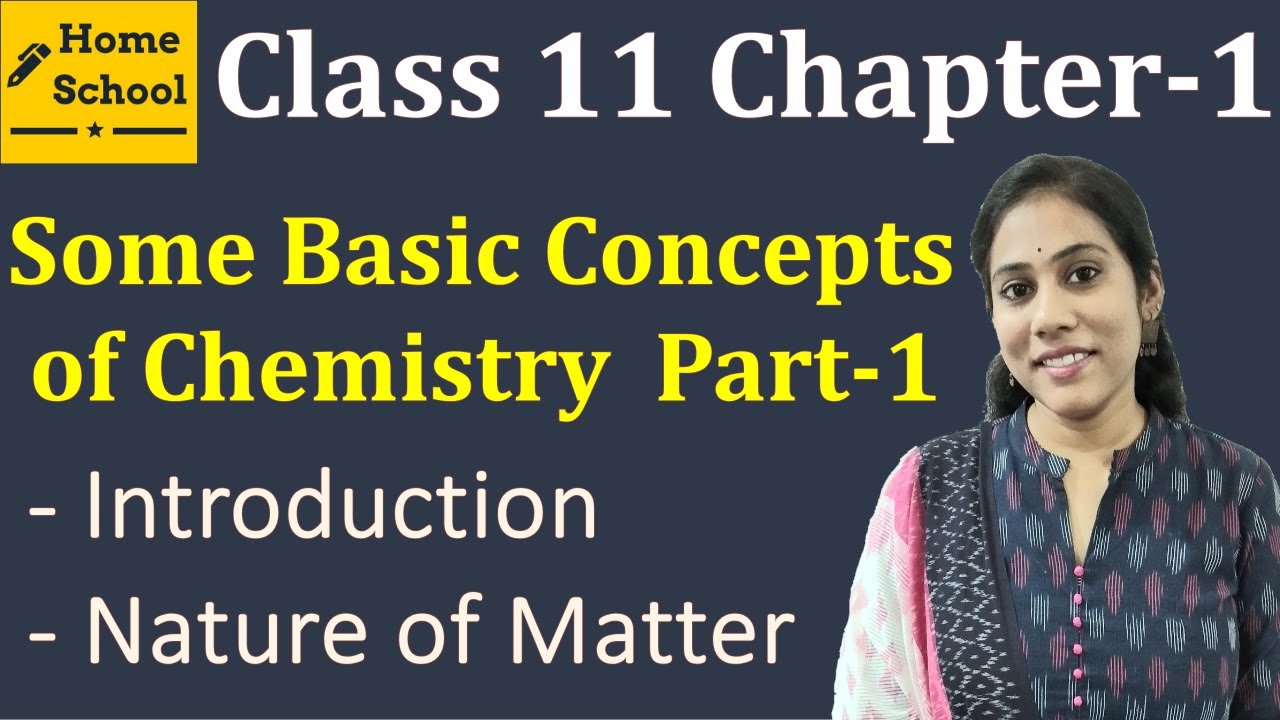GCSE Science Revision Chemistry "Elements, Compounds and Mixtures"
Summary
TLDRIn this video, viewers will learn the key concepts in chemistry, including the definitions of elements, compounds, mixtures, and molecules. The periodic table is introduced, with a focus on understanding elements and their symbols. Compounds are explained as chemically combined elements with fixed proportions, and their properties differ from those of the individual elements. Mixtures, which are not chemically combined, can be separated using physical techniques. The concept of molecules is clarified, with examples showing how they can consist of the same or different elements. This video is a crucial introduction to fundamental chemistry concepts.
Takeaways
- 😀 An element is a substance made up of only one type of atom. For example, magnesium and sulfur are both elements with unique symbols.
- 😀 The periodic table lists all known elements, with around one hundred currently recognized.
- 😀 In an element, all atoms are identical. For example, magnesium atoms are all the same, as are sulfur atoms.
- 😀 A compound is a substance formed when two or more different elements chemically combine in a fixed proportion.
- 😀 Magnesium sulfide is an example of a compound, where one magnesium atom combines with one sulfur atom.
- 😀 Compounds have properties that are different from the elements they are made from. For example, magnesium is a shiny metal, sulfur is a yellow solid, but magnesium sulfide is a white crystal.
- 😀 To separate a compound back into its elements, a chemical reaction is required, which may not always be easy.
- 😀 A mixture consists of different elements or compounds that are physically combined, not chemically bonded.
- 😀 Mixtures can be separated using physical techniques such as filtration, distillation, crystallization, or chromatography.
- 😀 A molecule is any combination of elements chemically bonded together, even if they are the same element, like O2 (oxygen) or Cl2 (chlorine).
- 😀 All compounds are molecules, but not all molecules are compounds. For example, O2 and Cl2 are molecules but not compounds, as they consist of the same element.
- 😀 Understanding elements, compounds, mixtures, and molecules is essential for studying chemistry, and these concepts are commonly tested in exams and revision materials.
Q & A
What is an element in chemistry?
-An element is a substance that consists of only one type of atom. All the atoms in an element are the same.
How many elements are there on the periodic table?
-There are around one hundred elements on the periodic table.
What does the symbol for an element represent?
-The symbol for an element represents a specific element and always starts with a capital letter, followed by a lowercase letter if applicable. For example, magnesium is 'Mg' and sulfur is 'S'.
What defines a compound in chemistry?
-A compound is a substance made from two or more different elements that are chemically combined in a fixed proportion.
What is an example of a compound mentioned in the video?
-Magnesium sulfide (MgS) is an example of a compound, formed by combining magnesium and sulfur.
What is a key difference between the properties of elements and compounds?
-Compounds typically have different properties than the elements they are made from. For example, magnesium is a shiny metal, sulfur is a yellow solid, but magnesium sulfide is a white crystal.
How can a compound be separated back into its elements?
-A compound can only be separated into its elements through a chemical reaction, which is often difficult and not always easy to achieve.
What is a mixture in chemistry?
-A mixture contains different elements or compounds that are not chemically combined. They can be separated using physical techniques.
What are some physical separation techniques used to separate mixtures?
-Some physical separation techniques include filtration, distillation, crystallization, and chromatography.
What is a molecule, and how does it relate to compounds and elements?
-A molecule is any group of atoms chemically combined. A molecule can be made of the same or different elements. If it contains different elements, it's a compound; if it contains the same elements, it's just a molecule, not a compound. For example, oxygen (O2) and chlorine (Cl2) are molecules, but not compounds.
Outlines

هذا القسم متوفر فقط للمشتركين. يرجى الترقية للوصول إلى هذه الميزة.
قم بالترقية الآنMindmap

هذا القسم متوفر فقط للمشتركين. يرجى الترقية للوصول إلى هذه الميزة.
قم بالترقية الآنKeywords

هذا القسم متوفر فقط للمشتركين. يرجى الترقية للوصول إلى هذه الميزة.
قم بالترقية الآنHighlights

هذا القسم متوفر فقط للمشتركين. يرجى الترقية للوصول إلى هذه الميزة.
قم بالترقية الآنTranscripts

هذا القسم متوفر فقط للمشتركين. يرجى الترقية للوصول إلى هذه الميزة.
قم بالترقية الآنتصفح المزيد من مقاطع الفيديو ذات الصلة

GCSE Chemistry Revision "Elements, Compounds and Mixtures"

IPA SMA Kelas 10 - Materi dan Klasifikasinya (Unsur, Senyawa, Campuran) | GIA Academy

Form 1 | Science | DLP | Periodic Table | DLP0012

UNSUR, SENYAWA DAN CAMPURAN (PART 1_

UNSUR, SENYAWA, DAN CAMPURAN - IPA KELAS 8 SMP KURIKULUM MERDEKA

Some Basic Concepts of Chemistry Class 11 Part 1
5.0 / 5 (0 votes)
